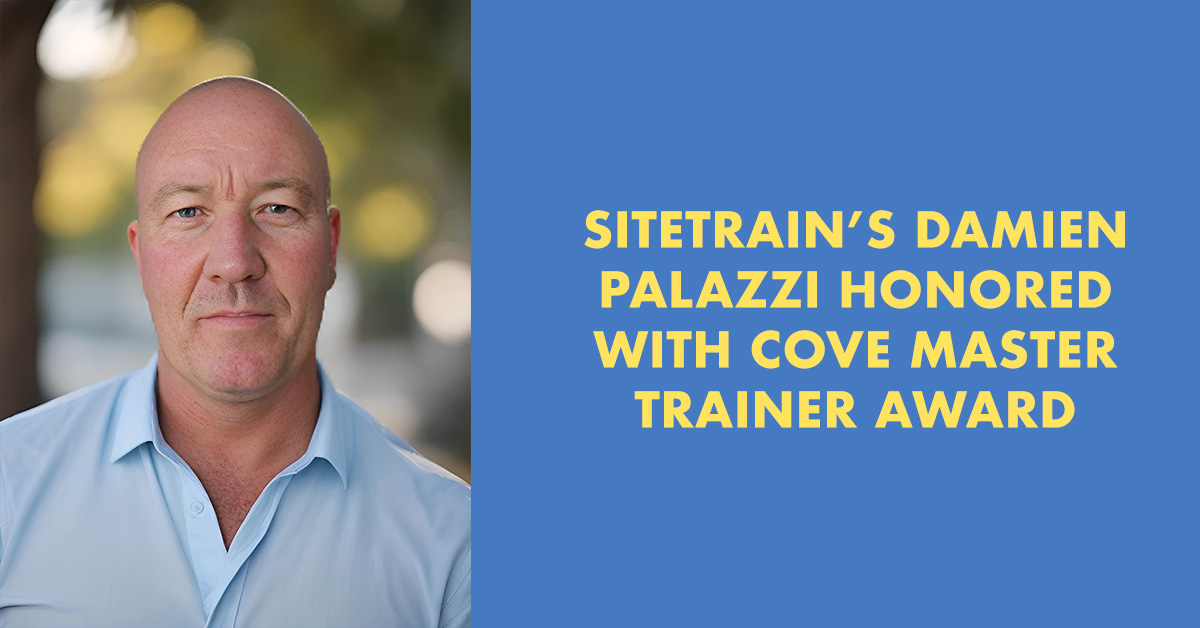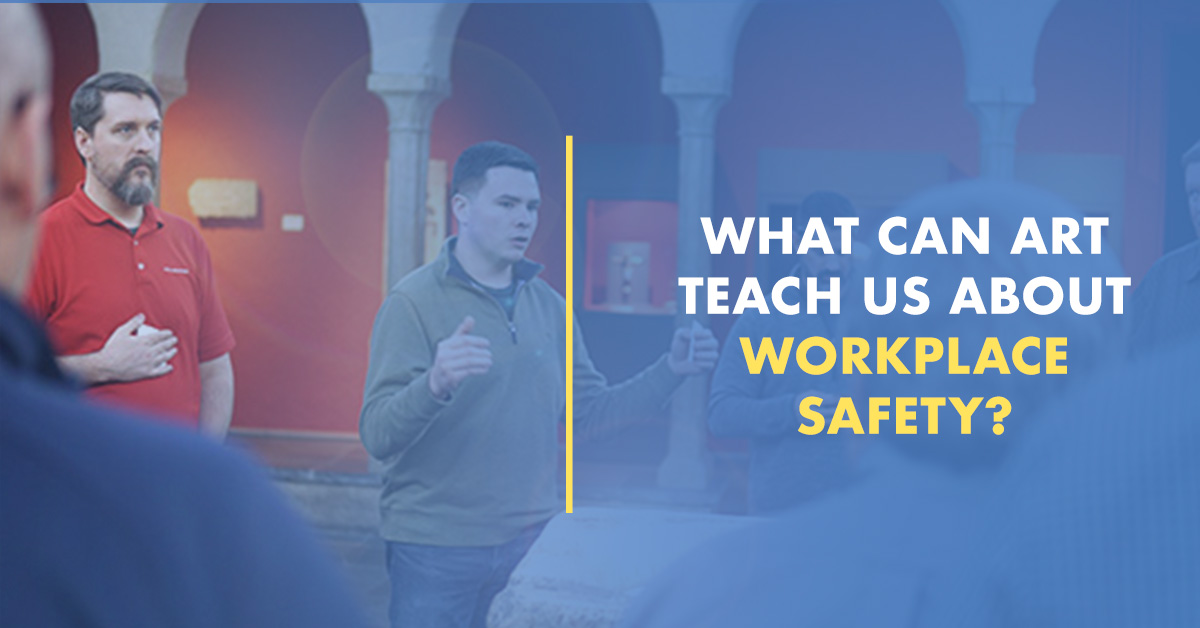As discussed in previous blogs, one of the most valuable aspects of Visual Literacy is, it is not a stand-alone safety program. In fact, although it is targeted to help organizations drive safety improvements, if VL is properly implemented and integrated, you will see improved outcomes in all key areas of your business including safety, quality and production. Visual literacy skills will benefit individuals at work and at home. We not only want you to go home better than you came to work, we want you to come back tomorrow in even better condition.
If you are thinking about implementing Visual Literacy at your organization, here are some best practices we have learned from client organizations that are in various stages of integrating VL into their existing safety processes and programs. A general tip is to customize the implementation for your organization, the COVE team is available to help you design your implementation plan to optimize the value of VL.
Visual Literacy includes a disciplined process to determine:
- What do you see?
- What does it mean?
- What do you do about it?
Your implementation plan can use the same process to maximize the effectiveness of VL for your people and your organization.
What Do You See?
Leadership sharing the VISION
The vision and strategy for the VL implementation must be understood and supported at all levels of the organization. Leaders have an important role to play. Taking the time to develop the strategy and get buy-in is a crucial step. Whether you are implementing VL to improve employee engagement or invigorate an existing safety program, getting leadership to share the vision, understand the strategy and be the champions of the implementation is vital. This step can begin with an Executive Overview session. Leaders will begin to understand the value of VL, become familiar with the techniques and learn the shared language of VL. This will prepare leaders to be model.
Taking time to carefully PLAN
VL implementation can be designed to provide your organization with the following benefits:
- Enhanced Decision Making and Analysis
- Reduce Potential Incidents
- Invigorate Existing Programs
- Improved Employee Engagement
- Improved Employee Engagement
- Improved Analytical Skills and Capabilities
Take time to understand which benefits are most important to you, then select an appropriate program that will improve with the integration of VL concepts.
What Does it Mean?
Measuring progress
Everyone should be clear about what you are trying to improve, how change will be measured and how it will be communicated. If VL is initially implemented to enhance your hazard and risk identification, the expected outcomes, how they will be monitored and reported, should be clearly communicated. Carefully analyzing your data will help prioritize areas that will benefit from VL and help you monitor changes throughout your implementation. You may choose to monitor and measure VLs effect on your hazard identification or the number and quality of audit observations. Initially you may see an increase in the number of hazards and the number and severity of audit observations. These outcomes should be celebrated as opportunities to improve your work environment.
Communicating the VISION throughout your organization
Communications should begin well in advance of your first training sessions. People will be more receptive when they know what to expect and what is in it for them. A carefully crafted communication plan will help people approach VL training with a positive outlook. Emphasize the unique aspects of VL. Everyone should be clear what, why, when and how, VL is being adopted and the benefits to individuals and your organization. Clear unambiguous communication is an important element of VL and should be part of your communications efforts to promote the implementation.
What do you do about it?
Selecting the right trainers
It may seem intuitive to use your organization’s existing trainers or your Safety team as instructors. It is much more powerful to assemble a team of trainers from all levels of your organization. The trainers should, of course have good communication and presentation skills. It is also beneficial to recruit your “informal leaders” to become trainers. This will send a positive message throughout the organization and help get people on board who may normally resist change.
Selecting the right program
Taking a focused approach to prioritizing your programs will lead to sustainable gains from VL. Organizations have been successful selecting one program, for example hazard reporting and training people in VL concepts as they specifically apply to that program. Once VL skills and language are learned, by individuals in your organization, they are more easily applied to improve other programs.
A disciplined approach to your implementation will maximize the effectiveness of VL and ensure you are positioned to improve your safety performance and give your people a set of 24/7 skills they can begin using immediately.
If you’re ready to start integrating Visual Literacy into your safety program or want to learn more about the implementation process and how it works, you can learn more about it here.





